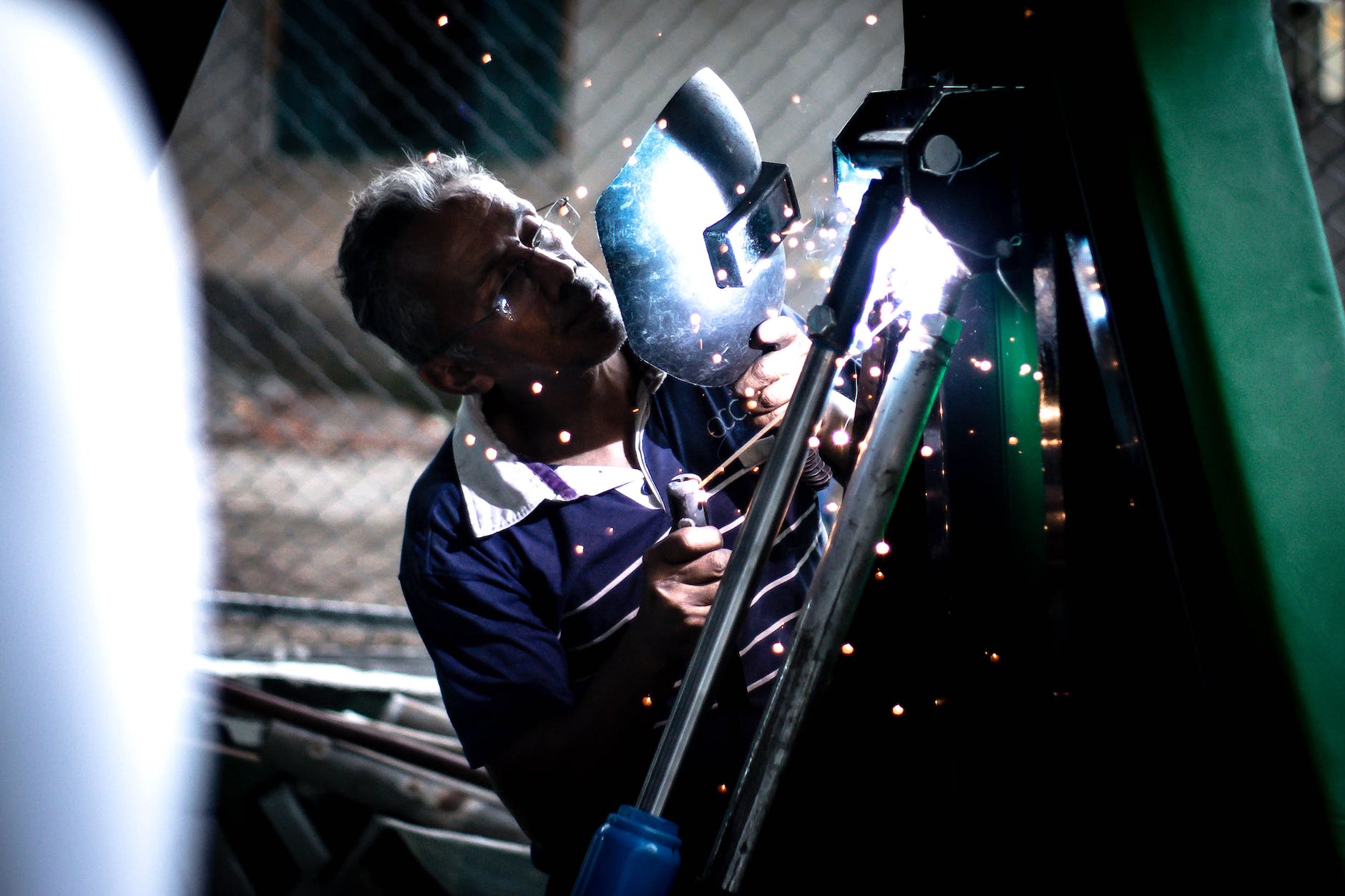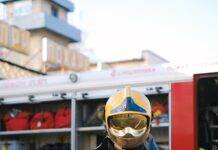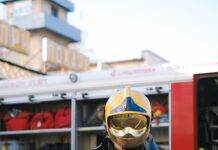
Hot Work: Permits and Safety Measures
Introduction
Hot work, which involves activities generating heat, sparks, or flames, presents inherent risks that demand careful planning and adherence to safety protocols. This article explores the importance of obtaining permits for hot work and implementing safety measures to mitigate potential hazards, ensuring a secure working environment.
Hot Work Permits
- Pre-Work Assessment
- Conducting a thorough pre-work assessment before issuing hot work permits
- Identifying potential risks and ensuring that necessary safety measures are in place
- Identification of Hazardous Areas
- Clearly defining and identifying hazardous areas where hot work will be performed
- Implementing restricted access to these areas to minimize the risk of accidents
- Communication with Stakeholders
- Communicating with relevant stakeholders about upcoming hot work activities
- Informing neighboring departments, contractors, and emergency responders to enhance overall awareness
- Permit Issuance and Authorization
- Issuing hot work permits only after approval of the pre-work assessment
- Authorizing qualified personnel to conduct hot work activities
- Time Limitations
- Establishing time limitations on hot work permits
- Ensuring that work is completed within the specified timeframe to minimize prolonged exposure to potential hazards
- Temporary Measures
- Implementing temporary measures, such as fire-resistant barriers or blankets
- Enhancing protection against sparks and heat during hot work activities
- Post-Work Inspection
- Conducting a post-work inspection to ensure that the area is safe
- Verifying that no residual fire hazards remain after the completion of hot work
Safety Measures for Hot Work
- Personal Protective Equipment (PPE)
- Providing appropriate PPE, including flame-resistant clothing, face shields, and gloves
- Ensuring that all personnel involved in hot work activities are equipped with the necessary protective gear
- Fire Extinguishers and Fire Watch
- Placing fire extinguishers in close proximity to hot work areas
- Assigning a dedicated fire watch personnel to monitor for potential fire hazards during and after hot work
- Ventilation Systems
- Implementing effective ventilation systems to remove fumes and gases
- Reducing the risk of respiratory issues and maintaining air quality during hot work
- Training and Certification
- Providing comprehensive training for personnel involved in hot work
- Ensuring that individuals are certified and familiar with safety procedures and emergency response protocols
- Equipment Inspection
- Regularly inspecting and maintaining equipment used in hot work
- Identifying and addressing any issues to prevent equipment-related accidents
- Emergency Response Drills
- Conducting regular emergency response drills specific to hot work scenarios
- Enhancing the preparedness of personnel to respond effectively in case of unexpected incidents
- Communication Systems
- Establishing effective communication systems for immediate response
- Ensuring that personnel can quickly communicate in case of emergencies during hot work activities
Conclusion
In conclusion, obtaining hot work permits and implementing safety measures are vital steps in minimizing the risks associated with activities generating heat, sparks, or flames. Adhering to pre-work assessments, time limitations, and post-work inspections, coupled with the implementation of safety measures such as PPE, fire extinguishers, and ventilation systems, contributes to a secure working environment. By prioritizing safety protocols and continuous training, organizations can conduct hot work activities safely and efficiently.
Fire Hazards and Control Measures
What is the Life of a Fire Sprinkler?
Frequently Asked Questions (FAQs)
- Why is a pre-work assessment important for hot work permits?
- A pre-work assessment is crucial for identifying potential risks associated with hot work activities. It ensures that necessary safety measures are in place before issuing hot work permits, minimizing the risk of accidents.
- What are some key components of hot work permits?
- Key components include a thorough pre-work assessment, clear identification of hazardous areas, communication with stakeholders, time limitations on permits, authorization of qualified personnel, and post-work inspections to verify the safety of the area.
- Why is a fire watch important during hot work activities?
- A fire watch is essential to monitor for potential fire hazards during and after hot work activities. This personnel ensures immediate response to any sparks or flames, enhancing overall safety in the work environment.
- What are some safety measures for hot work?
- Safety measures for hot work include providing appropriate personal protective equipment (PPE), placing fire extinguishers and assigning a fire watch, implementing effective ventilation systems, providing training and certification for personnel, regularly inspecting equipment, conducting emergency response drills, and establishing communication systems for immediate response.





















